Sorghum
All Sorghum Content

Cover Crops
The benefits of planting cover crops are numerous.
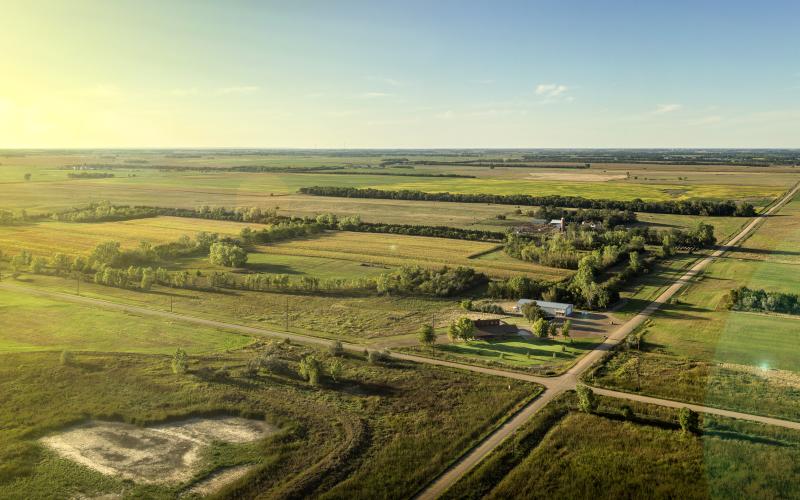
Crops
During the growing season, SDSU Extension provides weekly production recommendations.
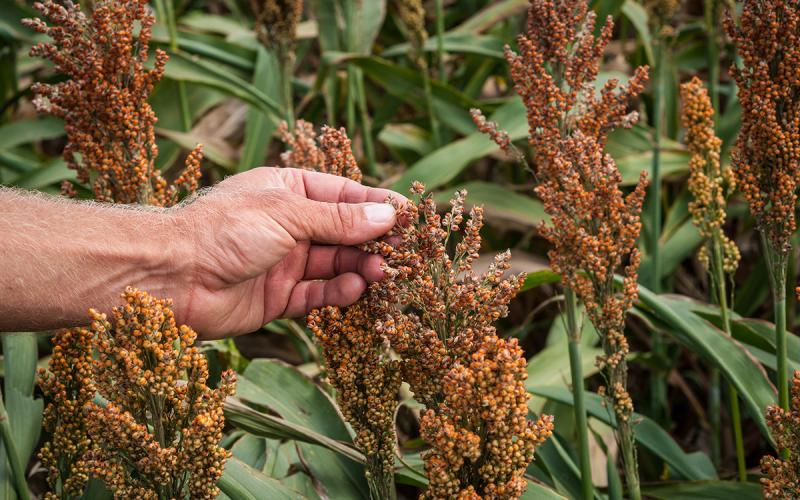
Replacing Corn With Milo in Cattle Diets
Corn is king when it comes to cattle diets, especially in the Corn Belt. However, that does not mean that corn grain is our only option. Milo (grain sorghum) can be a viable option under certain market conditions.
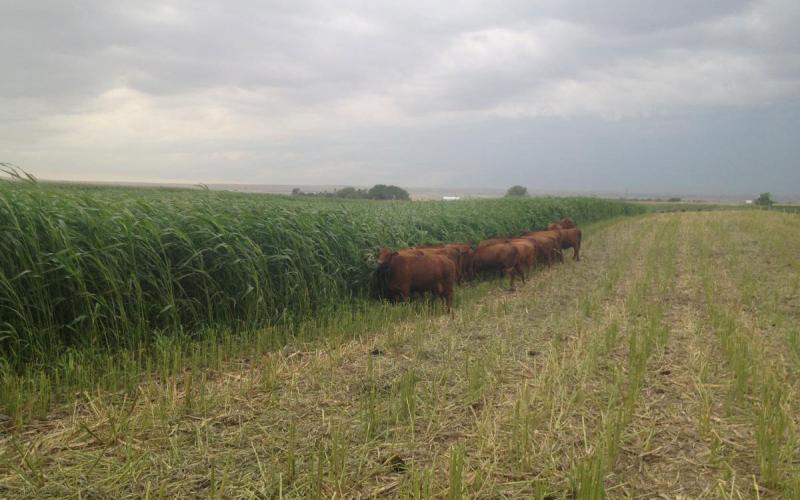
Prussic Acid Poisoning
As the first frost date approaches, producers often have concerns about the risk of prussic acid poisoning in livestock. Certain forage plants, especially sorghums and related species are associated with an increased risk of death loss because of prussic acid poisoning.
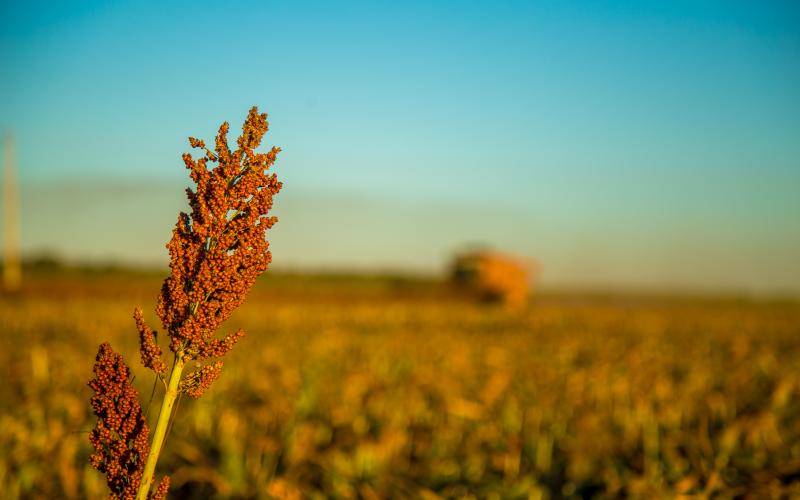
Other Crops
South Dakota’s fertile landscape is home to a variety of crops.
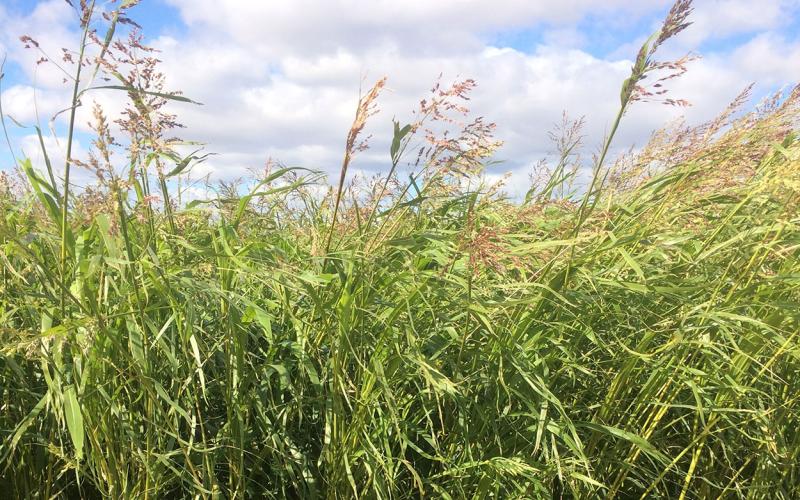
Using Annual Cover Crops and Forages in Lieu of Row Crops
Although there are many factors to take into consideration, annual forages and cover crops can be an excellent tool to mitigate challenging planting seasons.

While Illegal in Tolerant Soybean, Dicamba Can Still Be Applied in Other Crops
While dicamba labels (i.e., Engenia, Tavium, and Xtendimax) for over-the-top applications for tolerant soybeans have been pulled for the 2025 growing season, the herbicide can still be applied in other crops. Below is a guideline for dicamba use in various crops.
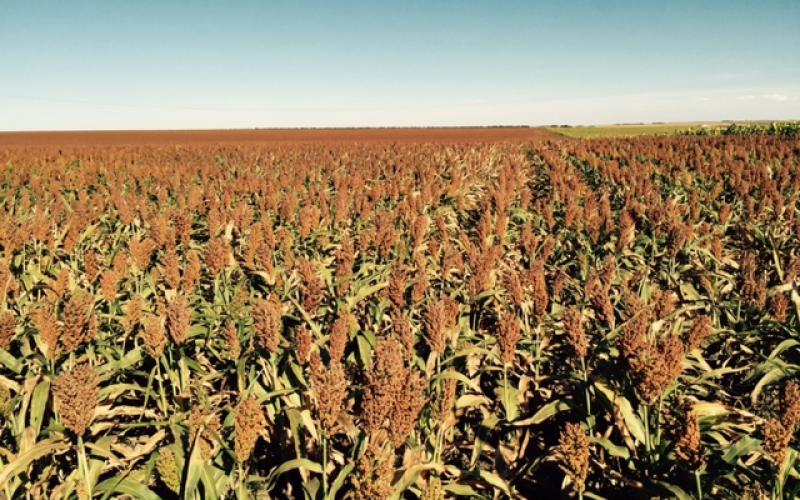
Sorghum Trial Results
In 2024, sorghum trials were conducted in 2 locations in South Dakota.
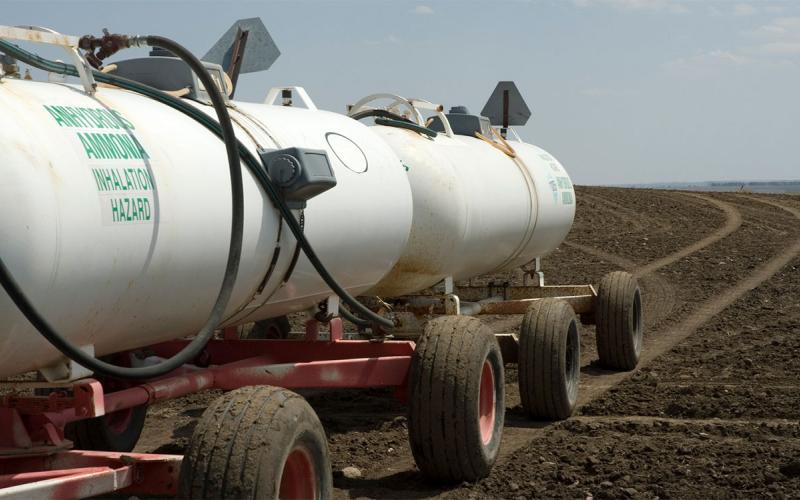
Starter Fertilizer Calculator and Final Report
Decision aid to assist crop planners in selecting the maximum safe fertilizer rate that can be applied with the seed for various crops.
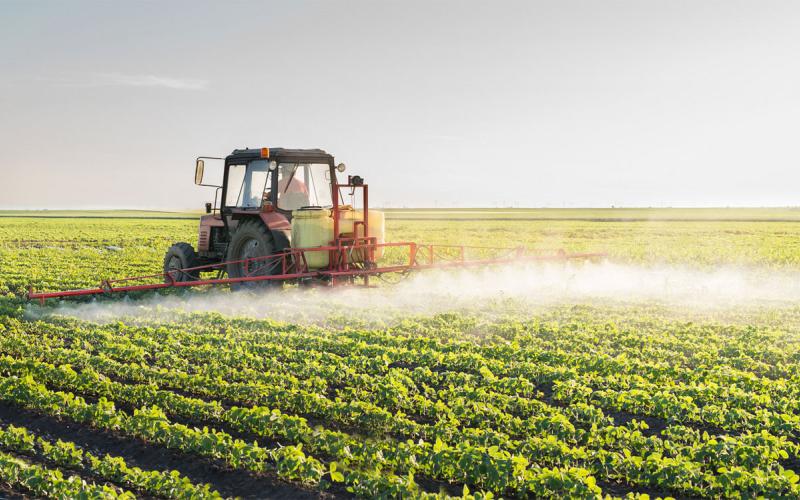
Current State of Row Crop Weed Management in South Dakota
Results of an online survey to determine how South Dakota stakeholders are currently managing row crop weeds.